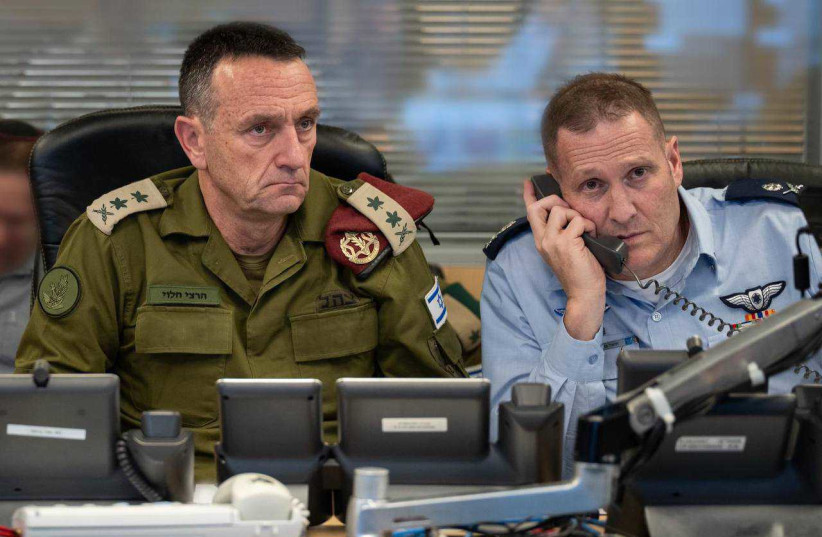|
Getting your Trinity Audio player ready...
|
(TJV) On Saturday, Israel launched a meticulously planned air assault on Iran, deploying over 100 aircraft—including advanced F-35 “Adir” stealth fighters—in an operation designed to cripple Iran’s military capabilities, The Jerusalem Post reported.
This unprecedented strike, targeting radar and military infrastructure in both Syria and Iran, demonstrates the reach and precision of Israel’s air power as it prepares for possible retaliation.
The operation began with a calculated attack on radar targets in Syria. According to Israeli defense sources, this move aimed to “blind” Iran’s situational awareness, paving the way for the main offensive deep into Iranian territory. By neutralizing radar and air defense systems in Syria, Israel ensured safer passage for its aircraft en route to Tehran and Karaj, where the strikes were concentrated on critical military infrastructure. This initial stage of the operation allowed Israeli forces to retain the element of surprise, preventing Iranian forces from detecting the scale of the impending assault.
In total, the mission covered nearly 2,000 kilometers and involved heavy munitions, aerial refueling, and continuous support from Israel’s elite 669 Rescue Unit, on high alert throughout the operation. IDF officials confirmed that the assault deliberately avoided Iran’s nuclear facilities and oil reserves, aiming to limit the risk of further escalation and regional backlash.
Inside Israel’s Command Center
The strike was coordinated from the Kirya base in Tel Aviv, with Defense Minister Yoav Gallant and Chief of Staff Lt. Gen. Herzi Halevi overseeing each phase of the mission. Late Friday night, Israel’s Security Cabinet approved the strike in a phone conference, authorizing both defensive and offensive protocols. After the strikes, IDF Spokesperson R.-Adm. Daniel Hagari addressed the nation, advising vigilance as the military monitors Iran and its regional proxies, including groups in Syria, Lebanon, Iraq, and Yemen. The IDF remains on high alert for any retaliation, although current guidelines for the Home Front Command remain unchanged.
Throughout the attack, Israel maintained close coordination with the United States. The White House publicly supported Israel’s actions, affirming that the targeted strikes align with Israel’s right to self-defense in response to an Iranian missile attack on October 1. U.S. officials confirmed that Israel provided notice of the operation a few hours before its execution. President Joe Biden was also briefed on the unfolding situation and is closely monitoring developments in anticipation of Iran’s potential response.
A senior U.S. official echoed the White House’s support, highlighting the strategic precision of Israel’s airstrike





